Iloilo’s ‘batchoy’: Tradition vs innovation
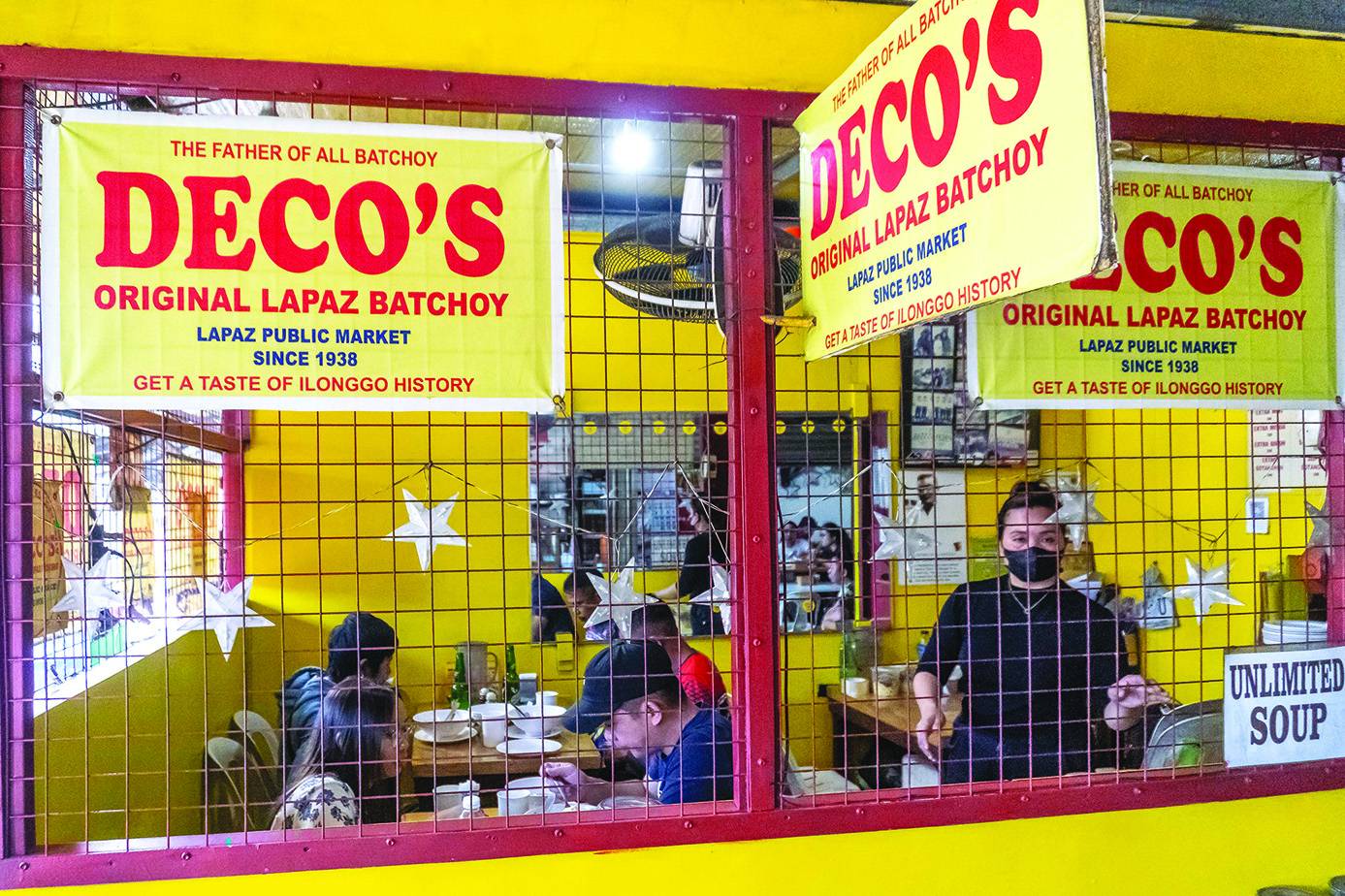
ILOILO CITY—Mention “batchoy” and immediately, its association with Iloilo will surely be the next topic of conversation.
This comforting noodle soup consisting of pork innards, crushed pork cracklings (chicharon) and toasted garlic has been an enduring part of Ilonggo cuisine for decades with its origins rooted deep in this city’s La Paz district.
But like many culinary classics, the story behind batchoy is as layered as the flavors and ingredients of the dish itself with debates over its true beginnings and questions about how much of it remains “authentic.”

The beloved noodle soup is the focus of “Project 2: Namit Gid!” a Hiligaynon phrase meaning “it is really delicious.” The project is an ongoing research study initiated by the city government of Iloilo and the University of the Philippines Visayas (UPV) which is aimed at preserving the authenticity and cultural significance of batchoy while exploring its modern challenges and potential innovations.
“They want to look at the batchoy industry because nobody has really delved into its value chain, its history,” said Lea Victoria Lara, Director of the Meetings, Incentives, Conferences, and Exhibits (MICE) here.

A first of its kind, the research seeks to examine batchoy from its humble beginnings to its current status as an iconic dish known far beyond Iloilo, Lara said.
The project’s broader goal, she said, is to create a comprehensive historical account of batchoy, exploring its origins, evolution and how it has shaped Iloilo’s reputation as a “Creative City of Gastronomy” recognized by the United Nations Educational, Scientific and Cultural Organization (Unesco).
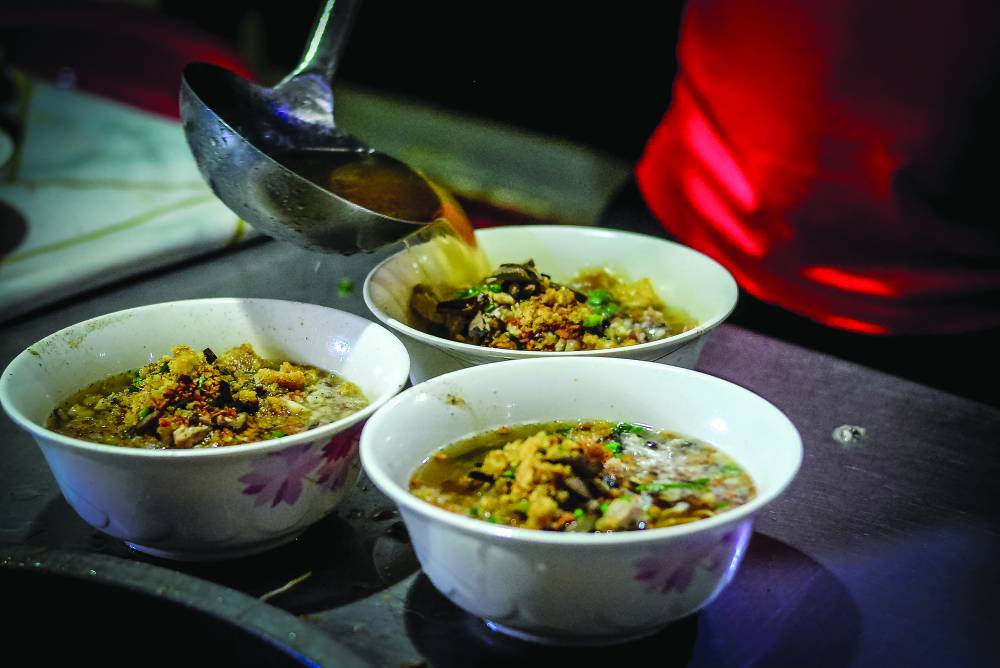
Different stories
Anyone in La Paz will give two versions of its beginnings, both tied to the iconic food stalls that serve batchoy to this day.
One version credits Federico “Deco” Guillergan Sr. who opened his batchoy stall at La Paz public market in 1938.
Originally selling bowls of broth and meat for just 20 centavos, Deco’s La Paz Batchoy became a local favorite when customers asked for noodles to be added to the mix, leading to the dish now known as batchoy.
There is also the story of Teodorico “Ted” Lepura, another batchoy pioneer who claimed to have learned the recipe in the early 1930s from a Chinese merchant before Deco’s was established.
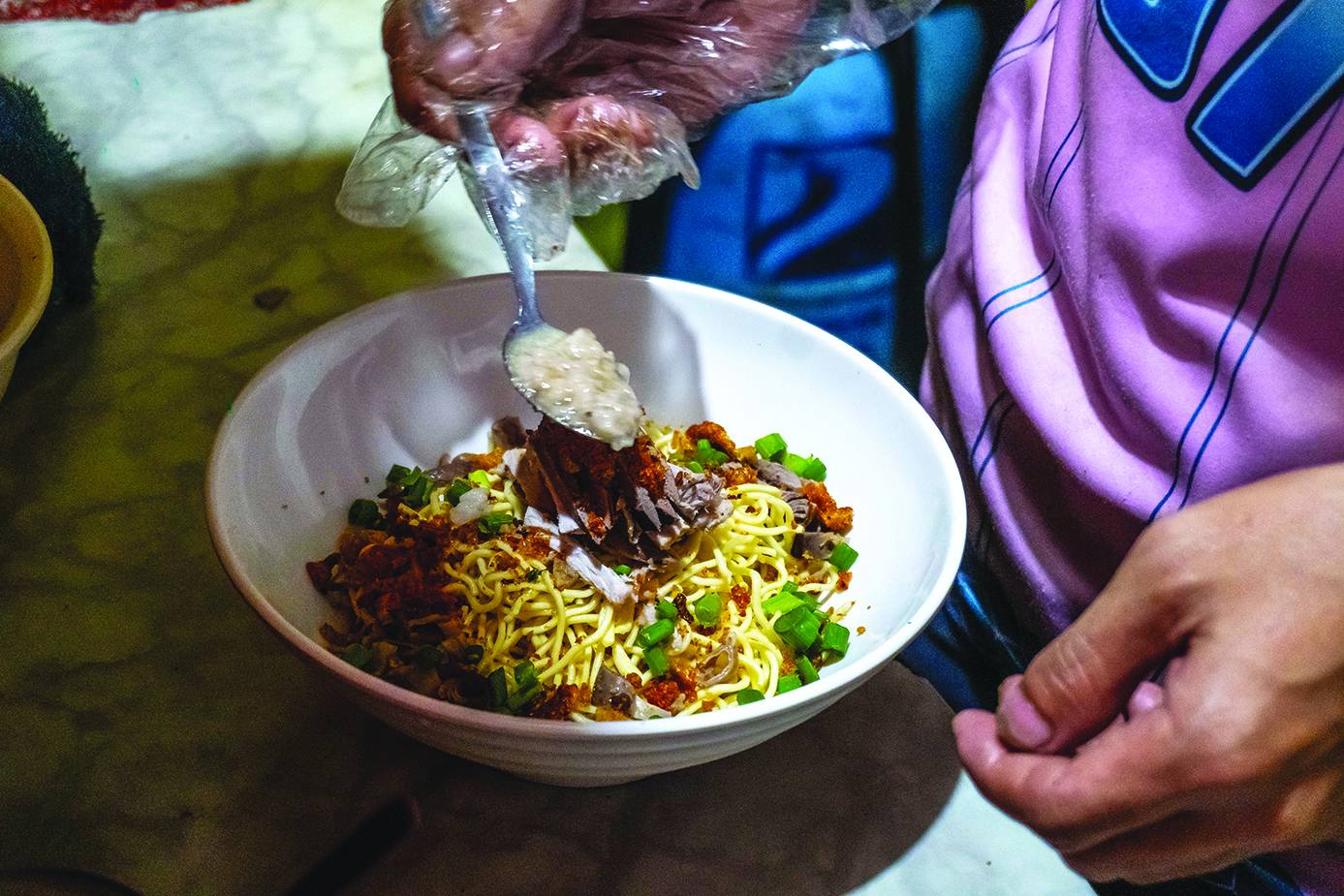
Ted’s Oldtimer La Paz Batchoy opened in 1945, becoming a staple of Ilonggo cuisine in its own right.
While these stories center around different timelines, both Deco’s and Ted’s remain revered and credited with popularizing the dish even outside Iloilo.
The traditional recipe consists of noodles in a savory beef broth, topped with pork innards, crushed chicharon, toasted garlic and scallions. Some versions include raw egg for extra richness.
But as the dish gained popularity, variations began to emerge.
Some batchoy shops started offering versions with shrimp or chicken, with different stocks like chicken broth replacing the original beef base.
Over time, modern takes on batchoy have surfaced, including Sarsa Kitchen + Bar’s batchoy ramen and seafood-gata (coconut milk) batchoy, adding Japanese and Filipino fusion twists to the dish while staying true to batchoy’s familiar flavor profile.
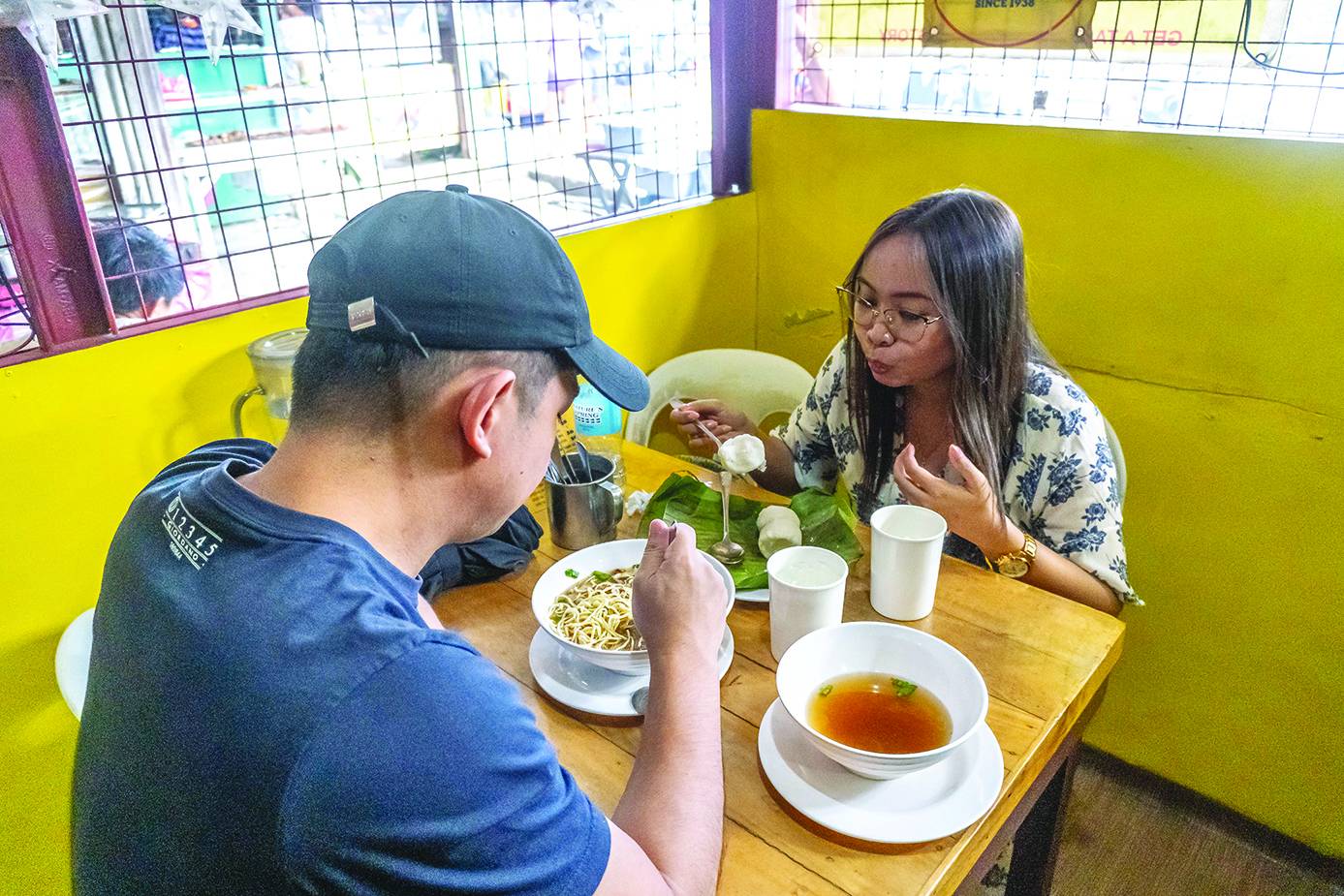
Tension
But these “twists” cause tension between tradition and innovation, raising important questions such as how much of a dish can change before it is no longer considered “authentic” and where does one draw the line in a culinary landscape driven by creativity and fusion.
The dish carries a sense of nostalgia for many Ilonggos, and the use of words like “original” and “authentic” often stirs emotions tied to personal and cultural identity.
The study by the Iloilo City government and the UPV, which was formalized through a memorandum of agreement signed at City Hall in September last year, wants to dig deep into the history, cultural significance and evolution of batchoy.

The University of the Philippines Center for Integrative and Development Studies (UP CIDS) is funding the project, while the UPV Center for West Visayan Studies (CWVS) is taking the lead.
Lara said the study would delve into the batchoy industry and its role in shaping Iloilo’s culinary heritage.
The study is under CWVS’ Panay Weaving and Culinary Heritage Program, which aims to preserve Panay’s culinary and weaving traditions.
Its other study is the Hablon Weaving Renaissance, a program in Oton town, Iloilo province, that trains mothers on the art of weaving the hablon in a bid to resurrect the dying tradition of traditional weaving on Panay Island.
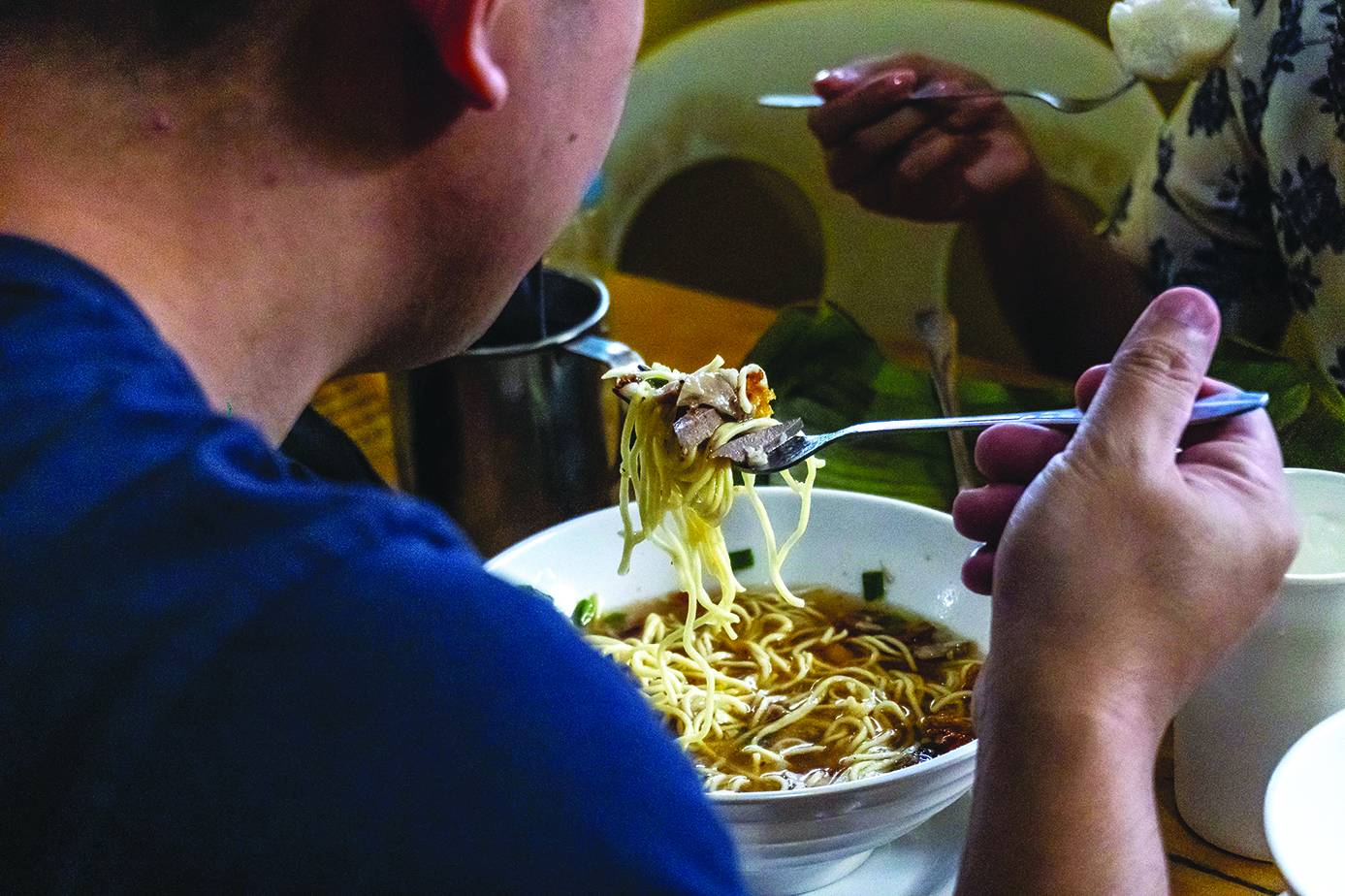
Setting standards
Among those tapped in the batchoy research study are local vendors to give them an opportunity to air their concerns and discuss the future of the dish.
One of the key goals is to establish industry standards for batchoy, ensuring that vendors maintain the quality and authenticity of the dish without imposing on their unique recipes.
Lara shared that this would be the first time that batchoy houses would be gathered together to discuss the industry landscape.
“Hopefully, the study will influence them to agree on standards, although they won’t be sharing their recipes because that makes their products unique,” she said.

Lara said the project would not take away the “individuality” of each batchoy house’ or vendor’s recipe.
With the involvement of UP’s food technology department, there is also a potential for exploring innovations, particularly in packaging, without compromising the traditional recipe.
According to Lara, Iloilo City’s collaboration with UPV signifies the community’s commitment to safeguarding its culinary heritage.
“We have not examined the situation of our batchoy, and it’s a good start for us. Looking forward, there might be next. These are academicians, and they are offering us a way of preserving our heritage dish,” she said.





















